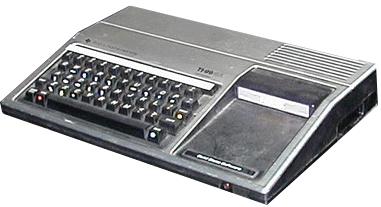
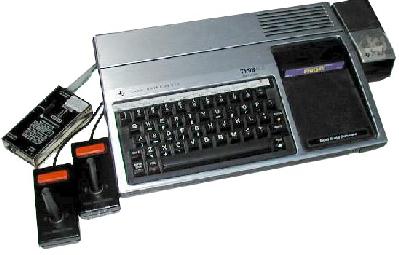 With as little as just a basic console and television a TI99/4a was very functional and programs could be loaded VIA a cassette recorder or a ROM cartridge. The TI99/4a, which ran on a 16 bit TMS-9900 CPU at 3MHZ, the first ever 16-bit single-chip microprocessor used on an early Eighties home-computer. It could easily be upgraded with various peripherials like the Expansion
Box, which was a large case able to accommodate large expansion cards,
and 5 1/4-inch floppy drives.
The TI-99/4a needed external power supply.
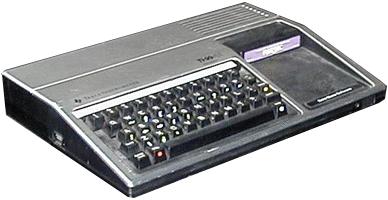
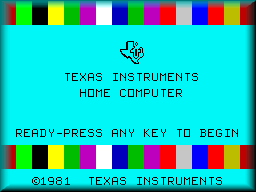
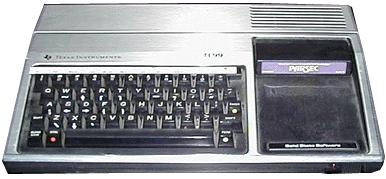
The back of the TI-99/4a 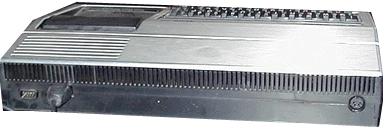
Texas Instruments is a large electronics company that has contributed considerably to the computer revolution. In 1958, a TI researcher named Jack Kilby demonstrated the first integrated circuit (IC), and in 1967, TI introduced the first handheld calculator. |